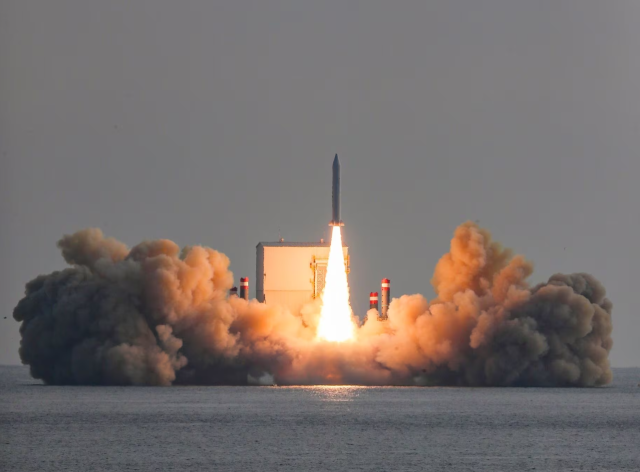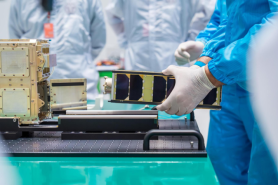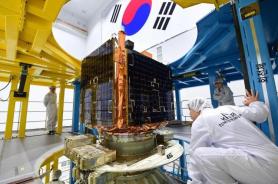
A solid propellant rocket is a type of rocket that uses a propellant in a solid form, typically in the shape of grains or a single piece. The propellant is usually a mixture of fuel and oxidizer bound together in a solid form. When ignited, the entire propellant mass burns from the inside out, producing hot gases that are expelled through a rocket nozzle to generate thrust. Solid propellant rockets are known for their simplicity, reliability, and ease of storage, making them suitable for various applications, including military missiles, space launch vehicles, and fireworks.
In comparison to liquid propellant rockets, solid propellant rockets have several advantages. They are generally simpler in design, requiring fewer components and less complex plumbing. This simplicity often leads to increased reliability and lower maintenance costs. Additionally, solid rockets are more storable for extended periods, providing quick launch capabilities. However, they lack the controllability of liquid rockets, as the burn rate of the solid propellant cannot be easily adjusted once ignition occurs.
South Korea's defense ministry said that a four-stage hybrid propellant rocket consisting of solid fuel-based first, second, and third-stage engines, and a liquid fuel-based fourth-stage engine, was successfully launched at a launchpad near the southern resort island of Jeju on December 4. The carrier rocket carried a commercial synthetic aperture radar (SAR) satellite, a type of Earth observation satellite, that weighs about 100 kilograms (220 pounds) into a low orbit of 650 kilometers (403 miles).
"This is our first government-private cooperation case that interlinked satellite and rocket technologies together," the defense ministry said, adding this successful launch will become a good example of South Korea's private-led space businesses.
Seoul's test launch of the solid propellant rocket was conducted about two weeks after North Korea successfully put a military spy satellite into orbit on November 21. After two attempts that failed by having rockets crashing into the West Sea, also known as the Yellow Sea, Pyongyang said that a satellite launch vehicle was launched from the Cholsan launch facility at 10:42 p.m. (1342 GMT) on November 21 and successfully put "Malligyong-1," the military satellite, into orbit at 10:54 p.m., 705 seconds after the launch.
Copyright ⓒ Aju Press All rights reserved.




